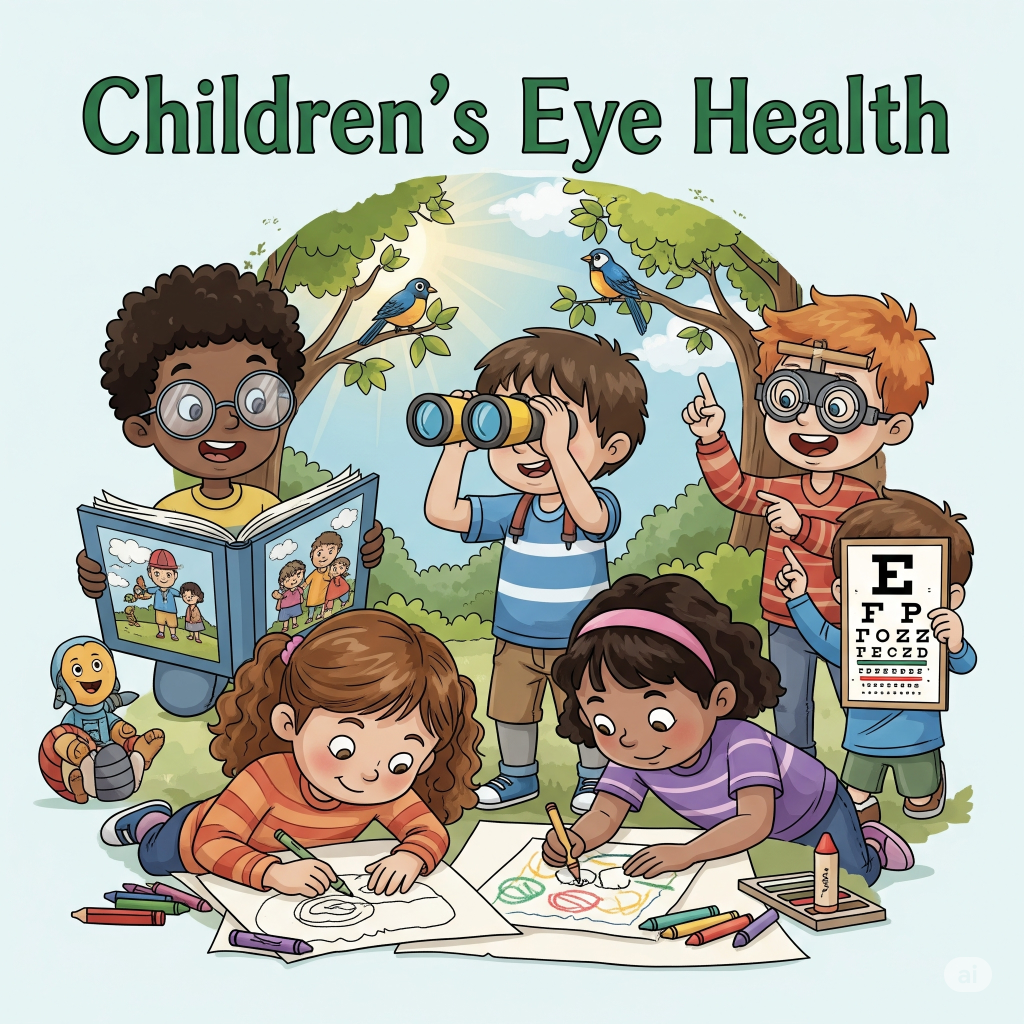
Even when your child shows no obvious vision trouble, regular eye exams are essential. A comprehensive exam is the only way to ensure their eyes are developing properly and to catch early problems like lazy eye that may not be noticeable without professional screening .
These appointments help prevent learning and developmental delays tied to undetected vision issues.
Vision plays a critical role in your child’s ability to learn and engage with the world. With around 80% of learning being visual, undiagnosed eye conditions—such as nearsightedness, farsightedness, or refractive errors—can go unnoticed and have a lasting impact.
Treating issues early not only supports academic success but can also reduce misdiagnoses of conditions like ADHD or dyslexia, Ontario Association of OptometristsAmerican Academy of Ophthalmology.
Experts recommend the first eye exam between six and nine months of age, with follow-ups at age two to three, then again before starting school (around age five or six). After that, school-aged children should have exams annually to track vision development.
Most of Ontario’s children can get these exams covered annually under OHIP, and programs like Eye See…Eye Learn provide one free pair of children’s glasses for eligible kindergarteners.
Children can develop serious but rare eye conditions that require early intervention. Conditions such as strabismus (crossed eyes), amblyopia (lazy eye), congenital cataracts, and in very rare cases, eye cancers like retinoblastoma need prompt attention.
The earlier these are identified and treated, the better the outcomes for visual development.
While vision screenings in schools or clinics can help identify potential issues, they do not replace comprehensive exams. Vision screenings often miss more subtle problems like eye teaming, tracking, or early signs of visual dysfunction, areas that only a full exam can assess properly.
Finally, the rise of digital screen time has contributed to increasing rates of nearsightedness in children. Limiting screen use and encouraging at least two hours of outdoor play per day can help slow its progression.
Simple habits like following the 20-20-20 rule every 20 minutes, look 20 feet away for 20 seconds.